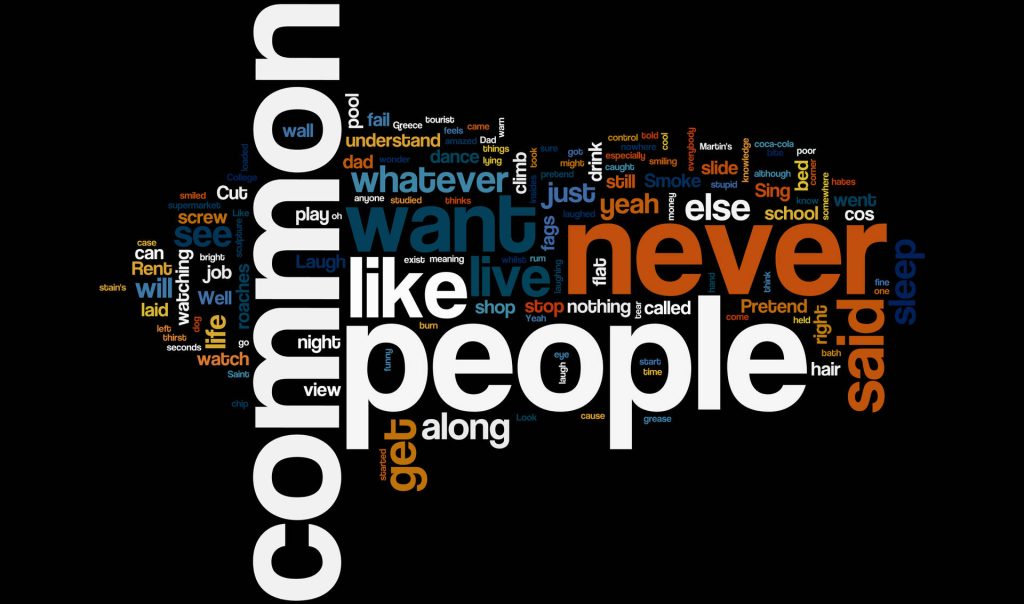
In the world of design, fonts are the unsung heroes. These seemingly mundane elements of typography play a pivotal role in conveying messages, shaping identities, and eliciting emotions. From the elegant curves of a script font to the bold presence of a slab serif, fonts are a canvas for artistic expression. In this exploration, we embark on a journey through the fascinating universe of fonts, shedding light on their history, classifications, and the influence they wield in the realm of design.
The Evolution of Fonts:
- Ancient Beginnings:
Fonts have been with us for centuries. The roots of typography trace back to ancient civilizations like Mesopotamia and Egypt, where cuneiform and hieroglyphics made their marks. The concept of written language gradually evolved, setting the stage for more refined fonts.
- The Gutenberg Revolution:
The 15th century marked a groundbreaking period in the history of fonts with Johannes Gutenberg’s invention of the printing press. This invention allowed for the mass production of books and initiated the use of fonts resembling today’s text faces. Serif fonts like Baskerville and Times New Roman, known for their readability, gained prominence.
The Fascinating World of Font Classifications:
Fonts come in various styles, and they are categorized based on distinct characteristics:
- Serif vs. Sans Serif:
Serif fonts are adorned with small decorative lines, or “serifs,” while sans-serif fonts opt for a clean, unembellished look. Serif fonts are often associated with tradition, elegance, and print, while sans-serif fonts convey modernity and digital aesthetics.
- Script and Handwriting:
Script fonts imitate cursive handwriting, infusing text with a personal and artistic touch. These fonts are ideal for projects that demand a more creative, human feel.
- Display and Decorative:
Display fonts are bold, eye-catching, and often reserved for headlines and titles. They vary widely in style, from retro designs to ornate scripts, making them a favorite for designers looking to create impact.
- Monospaced Fonts:
In these fonts, each character occupies the same amount of horizontal space. Monospaced fonts are frequently used for coding, as they maintain consistent alignment and readability.
The Designer’s Arsenal:
Fonts are essential tools for designers, enabling them to craft visual narratives. The choice of font can define a brand’s identity, evoke emotions, and guide readers through content. When Coca-Cola wants to exude classic charm, they turn to Spencerian script. Meanwhile, Apple adopts the sleek and modern San Francisco font to align with their minimalist design philosophy.
Modern Typography and Beyond:
The digital age has revolutionized typography. Designers now have an array of web-safe fonts at their disposal. Google Fonts and Adobe Typekit have made it easier to explore and use various typefaces. Variable fonts represent another leap, allowing for adaptable styles within a single font.
Conclusion: The Artistry of Fonts
Fonts are not mere letters on a page. They’re carriers of history, culture, and style. They influence our perception of the written word and, by extension, the messages they convey. Fonts are the bridges between content and reader, adding depth, emotion, and meaning to words.
In the ever-evolving world of design, fonts continue to shape and reflect the zeitgeist. They are the storytellers, breathing life and personality into every piece of text. Understanding the artistry of fonts is to appreciate the silent but profound impact they have on our lives. It’s a journey that takes us from ancient inscriptions to the digital age, all while demonstrating the enduring allure of typography.
Top of Form
